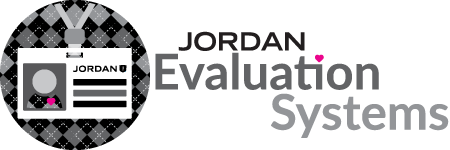Delivering Instruction
Presenting Instruction
Indicator 26 - Instructional Delivery UETS 2e., 3e., 4a., 6b., 6c., 7g.
Effective teachers integrate all elements of instructional delivery including goals, expectations, questions, demonstrations and applications. They relate the lesson to objectives, and throughout the lesson review main ideas and subordinate ideas as appropriate, always providing clear directions. Instructional Delivery is an examination of your entire lesson and the strategies incorporated into the lesson.
IDEAS/SUGGESTIONS:
- Select and create learning experiences that are appropriate for reaching content standards relevant to learners and based on principles of effective instruction.
- Differentiate instruction for individuals and groups of students by choosing appropriate strategies, accommodations, resources, materials, sequencing, technical tools, and demonstrations of learning.
- Repeat key points and instructions and call attention to main ideas.
- Give additional explanations and examples whenever necessary.
- Explain in detail, especially for difficult points.
- Don't leave a topic until students understand the concept.
- Structure and sequence the material to increase clarity:
- Teach the material in small steps.
- Focus on one element at a time.
- Check for mastery of Point A before you move to Point B.
- Model a skill, showing students the thought process you use as you work through a problem.
- Emphasize transitions between lesson parts.
- Check for understanding by asking clear questions and making sure all students, including the more quiet ones, have a chance to respond.
- Reduce confusion by avoiding digressions and irrelevant content.
- Review the main ideas and subordinate ideas at the end of the lesson.
- Support content and skill development by using multiple media and technology resources.
